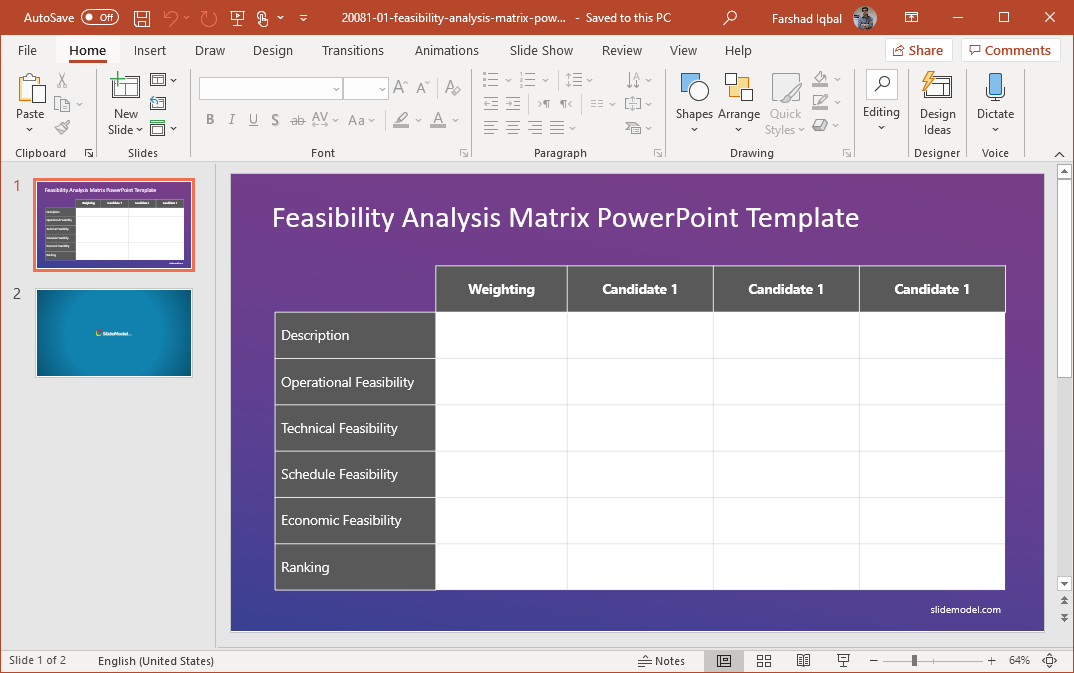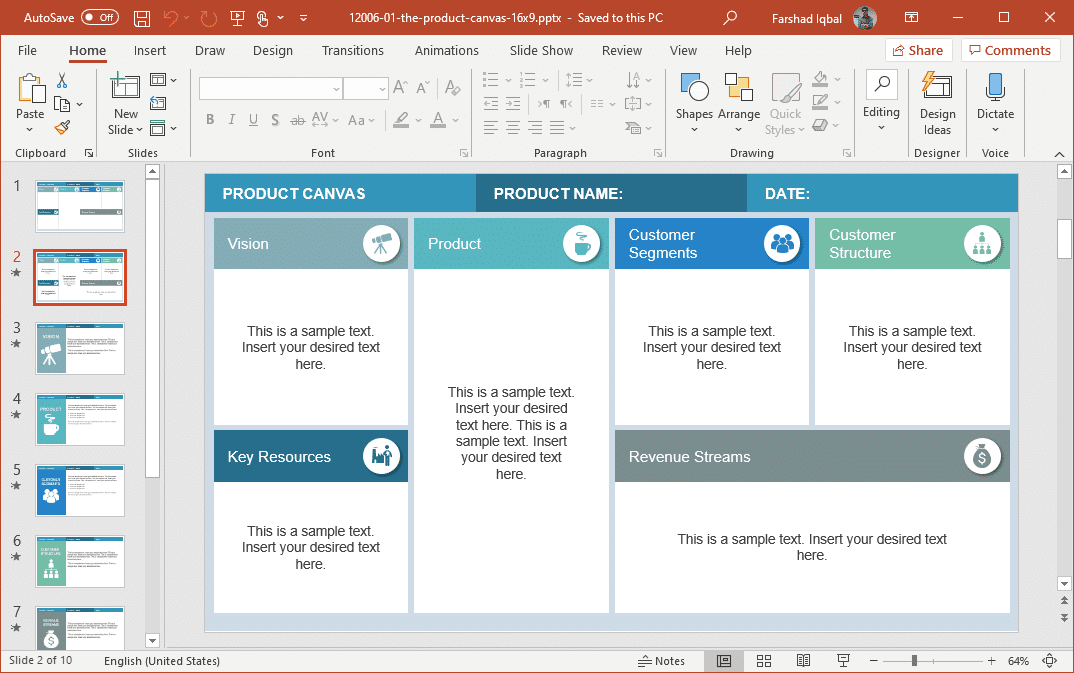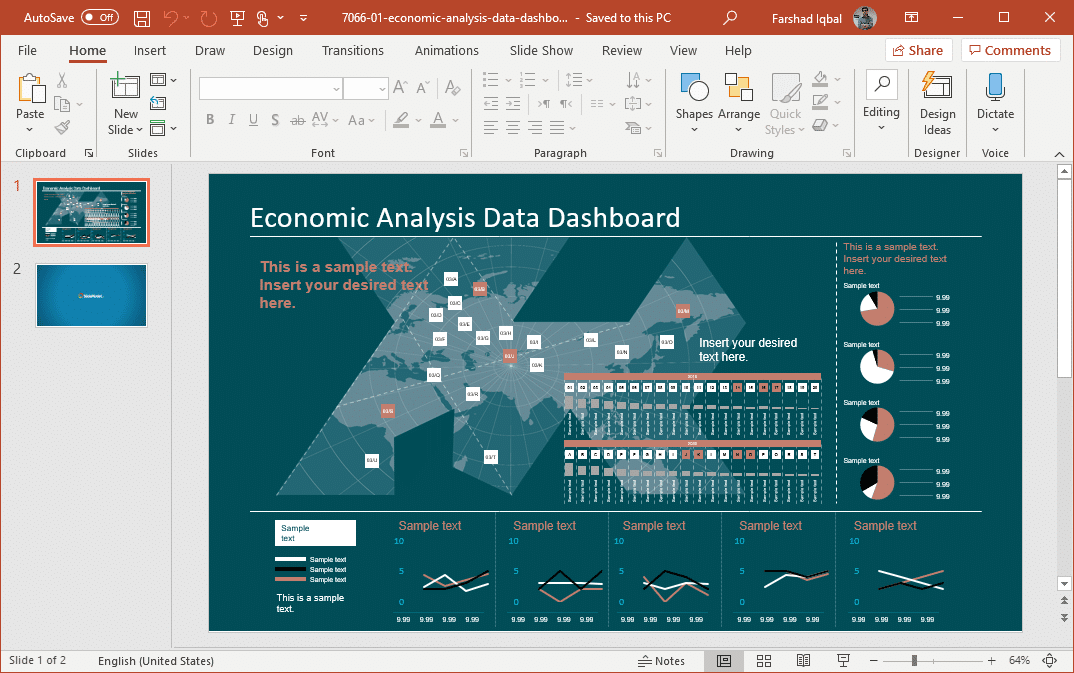Guide to Feasibility Analysis & Best PowerPoint Templates
Every major project requires a feasibility analysis to be performed before time and money is committed to the project. This ensures that all possible variables are assessed to determine the viability of the project. If you’re looking to conduct a feasibility analysis or need the right presentation template for it, see the below guide to feasibility analysis, followed by our list of Best Feasibility Analysis PowerPoint Templates.
What is a Feasibility Analysis?
A feasibility analysis is conducted to analyze all the relevant factors tied to a project. These include; technical, economic, legal and scheduling considerations to determine the likelihood of successful completion of the project by the organization. This helps to analyze if the project is financially viable.
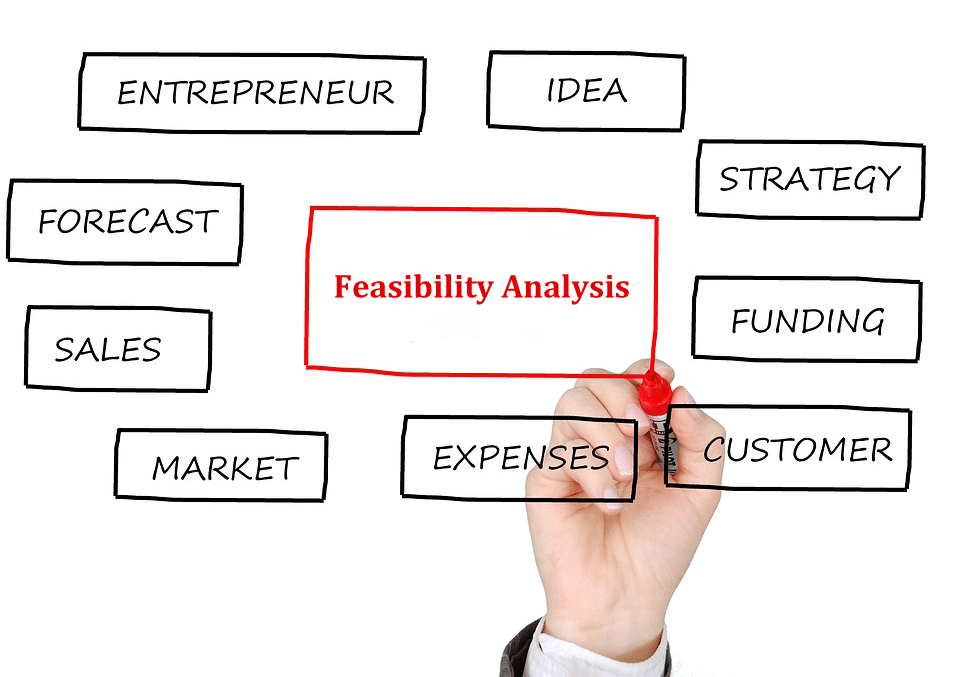
Key Elements of a Feasibility Analysis
A feasibility analysis looks at five key areas to assess the viability of the project. These key elements of a feasibility analysis are also referred as TELOS, which implies the Technical, Economic, Legal, Operational and Scheduling considerations of a project.
Technical Feasibility
This is to assess the technical viability of the project. The technical feasibility includes looking at the organization’s capacity to ascertain if the project can be undertaken. Furthermore, various other factors are assessed, such as; the availability of required services and resources, skilled manpower, licensing requirements, available technology, etc.
Economic Feasibility
Economic feasibility looks at the financial requirements to undertake the project, such as operating and contingency costs, financing needs, economic forecasts, etc. It also entails a cost-benefit analysis of the project to determine if the investment is worth the money. The economic feasibility analyzes aspects such as the expected breakeven point and profits, to determine if the project can be financially profitable.
Legal Feasibility
There can be a range of legal issues related to a project. These might include licensing requirements, patents, protection in the country’s legislation (or the lack of it) for the type of investment being made and the like. Companies can run into a lot of issues regarding the execution of the project if it fails to comply with the legal system of a country.
Operational Feasibility
The operational feasibility measures a proposed system to ascertain how well can it resolve problems and make use of available opportunities in the execution of the project. It also analyzes the degree to which the project can be accommodated in line with the current environment and objectives, organizational culture and business processes.
Scheduling Feasibility
Even a high-quality project can fail of it cannot meet the require deadlines. Moreover, any increase in the time needed to complete a project can result in cost overruns. The scheduling feasibility looks at the time needed to complete the major activities and the project itself, as well as possible constraints which might cause delays. It looks at everything from the construction, production capacity to the supply chain and other related options which might affect the project’s timeline.
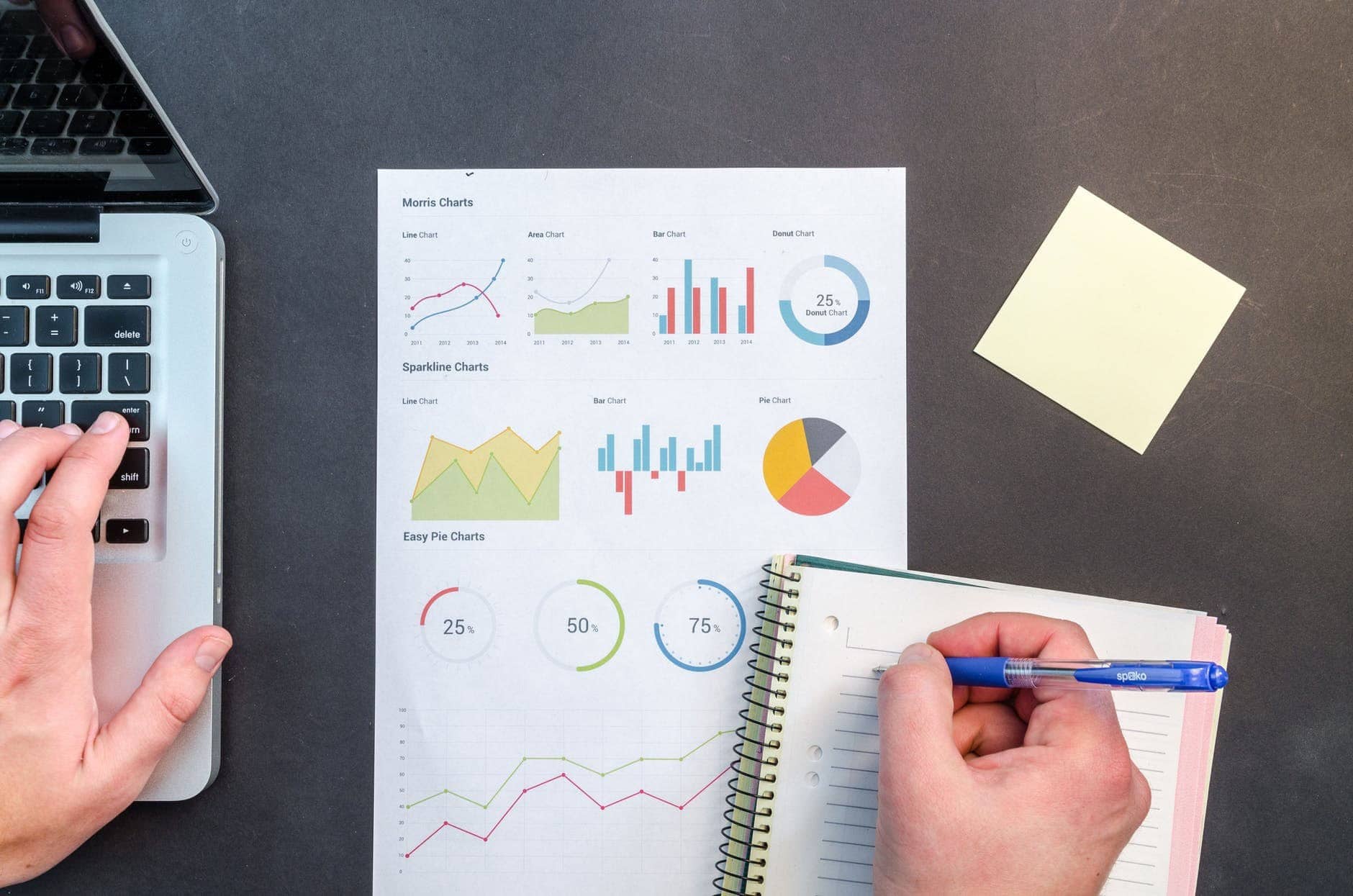
How to Conduct a Feasibility Study?
A feasibility study can be conducted in seven basic steps. A brief explanation of each step is given below.
1. Preliminary Analysis
When conducting a feasibility study, you should conduct a preliminary analysis. This would include an outline of your plan. You should look at unserved needs that can be catered for; such as a market where demand might be greater than the supply. You also need to determine the hurdles and if they are too big to overcome. These might include; costs, marketing constraints, etc.
2. Projected Income Statement
A projected income statement looks at what income the project is likely to earn and then analyze the costs to determine profitability of the project.
3. Market Research
A market research, whether conducted with the organization’s resources or outsourced; is essential to have an idea of the realistic view of the revenue that can be earned from the project. Such a research might consider demographics, competitor analysis, value of market and the expected share of the market that you can capture.
4. Business Organization and Operations
Once the groundwork for the aforementioned steps are complete, you can plan business organization and operations. This should be a thorough and not a superficial process. You will have to account for everything from start-up costs to cost of equipment, cost of manpower, overheads, real estate and inputs, etc.
5. Opening Day Balance Sheet
An opening day balance sheet estimates assets and liabilities. You will require listing costs and financing, as well as consider cost of land acquired, cost of building and equipment. Furthermore, you will require assessing your your financing for accounts receivable and assets.
6. Data Review and Analysis
Data review and analysis is an essential step in reassessing the previous steps and making sure that the estimates are a realistic view of the project. This is also the step for assessing risks and how to overcome them or to determine if the risks are simply too high to make the project feasible.
7. Go or No-Go Decision
You are finally at a stage where you can now determine if the project is feasible and worth undertaking. This is the time to make the decision whether the project is worth the investment and if it is aligned with the organization’s goals and aspirations.
How Feasibility Analysis Varies Per Industry?
A feasibility analysis might vary from one industry to another. There might be a need to look at different variables most suited to the respective industry.
Industry Specific Variables
The requirements of a project related to the development and implementation of a software will require very different variables as compared to a real estate project. For the former you might require looking at the possibility of developing the required software within the financial limitations, whereas a real estate project will have a lot of legal, environmental, economic and at times, political variables. This is because some investments might have political ramifications for a company investing in real estate due to ethnic or communal divisions within the area you intend to invest in.
Profitability Considerations
In most cases a government-based project is unlikely to be profitable, whereas the private sector thrives on profitable projects. For example, a government-based project might focus on social benefits such as a hospital project might focus on the quality of healthcare that can be offered to the people. Whereas, a private project requires looking at profit margins, financial sustainability and scope for remaining competitive in the market.
Ownership and Policy
National or local authorities are responsible for executing projects that don’t produce negative externalities or at least keep them to a bare minimum. A private company looking for profit maximization might not have these considerations in mind; however, it can be held accountable for breaching the law. This might include looking to laws related to environmental pollution, employee rights, regulations on private companies, etc.
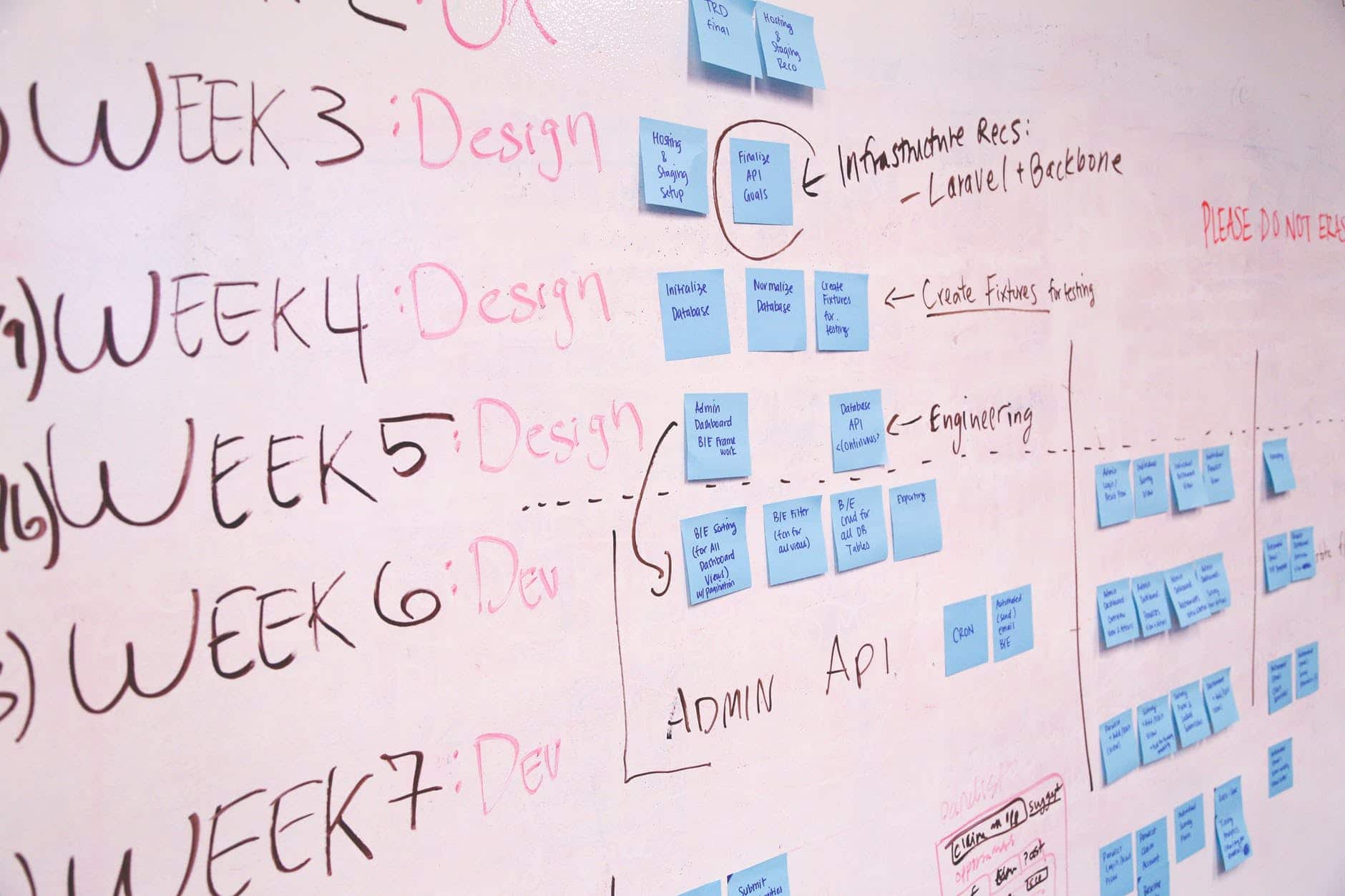
Best PowerPoint templates for Feasibility Analysis
To present your feasibility analysis you can use some premium templates listed below. These Feasibility Analysis PowerPoint Templates provide you with flexible presentation slides to adjust them according to your design needs.
Feasibility Analysis Matrix PowerPoint Template
This feasibility analysis template for PowerPoint provides a matrix structure for listing your description, operational feasibility, technical feasibility, schedule feasibility, economic feasibility and ranking. This is a minimalist template for easily presenting the key elements of your feasibility analysis.
Go to Download Feasibility Analysis Matrix PowerPoint Template
Product Canvas PowerPoint Template
With nine brilliantly crafted slides, this template is excellent for making a feasibility analysis. You can use this template for a number of purposes including presenting the economic, operational, technical, legal and scheduling feasibility of a project. You can also use this template for discussing product or project related information such as; to present the cost-benefit analysis of a project or product. Since this is a product canvas specific template, it is ideal for discussing not only the feasibility but also the ideas and target market of a product.
Go to Download Product Canvas PowerPoint Template
Economic Analysis Data Dashboard for PowerPoint
Since a huge part of a feasibility analysis requires looking at various costs, expenditures, and revenue, you can use this dashboard template to reveal financial information tied to a project. This template can not only help in presenting an economic feasibility but also the various technical, operational and legal costs of a project. The dashboard design of this template helps present large chunks of information within a single slide for ease of presenting.
Go to Download Economic Analysis Data Dashboard for PowerPoint
Final Words
A feasibility analysis makes up the building blocks of a project. It not only provides information regarding the viability of the project but also ensures that organizations can avoid ventures which might not be worth investing time, money and effort. Feasibility studies can be expensive, and therefore organizations often prefer to keep them short. However, a feasibility analysis needs to be thorough and realistic to give an accurate picture of the project and to help determine if it should be undertaken. To create slides to present your feasibility analysis, you can explore some premium templates via the link below.
We will send you our curated collections to your email weekly. No spam, promise!

